-
×

-
×

-
×
 Purple Vampire Crab - Geosesarma Dennerle - Decapod Crustacean
1 × £7.74
Purple Vampire Crab - Geosesarma Dennerle - Decapod Crustacean
1 × £7.74 -
×

-
×

-
×
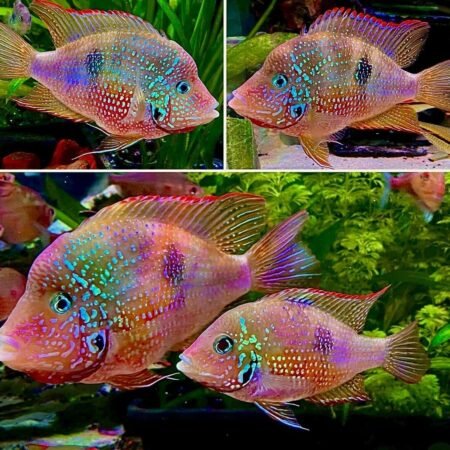
-
×

-
×
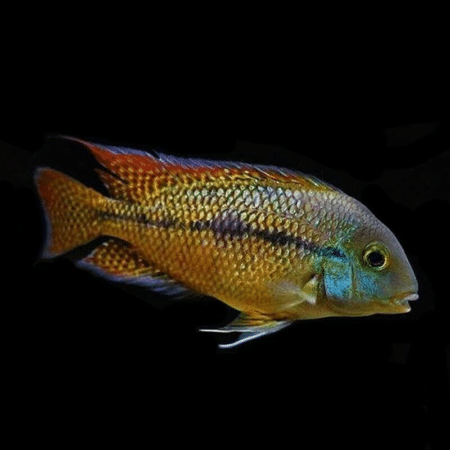
-
×
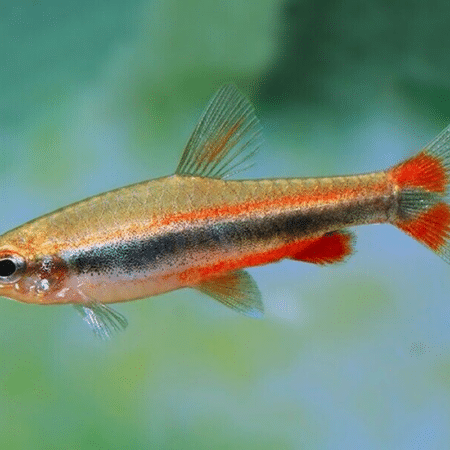
-
×
 2 X 2(2 FISH ) Peacock Snakehead - Channa Pulchra - Red Spotted Snakehead - Coloured Snakehead
1 × £77.00
2 X 2(2 FISH ) Peacock Snakehead - Channa Pulchra - Red Spotted Snakehead - Coloured Snakehead
1 × £77.00 -
×

-
×

-
×
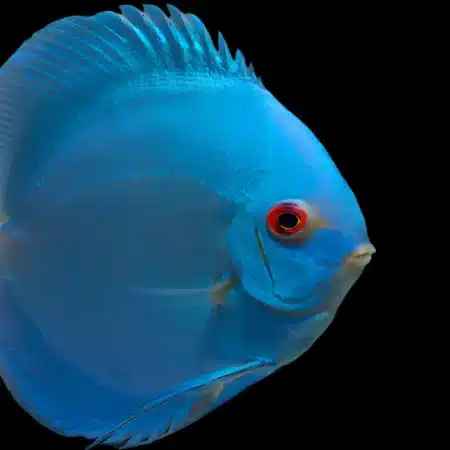 Blue Diamond Discus – Symphysodon aequifasciatus “Blue Diamond” size 4 to, What is a Discus Fish? Discover This Beautiful Species, Ideal for Freshwater Aquariums with Community Friendships
1 × £65.00
Blue Diamond Discus – Symphysodon aequifasciatus “Blue Diamond” size 4 to, What is a Discus Fish? Discover This Beautiful Species, Ideal for Freshwater Aquariums with Community Friendships
1 × £65.00 -
×
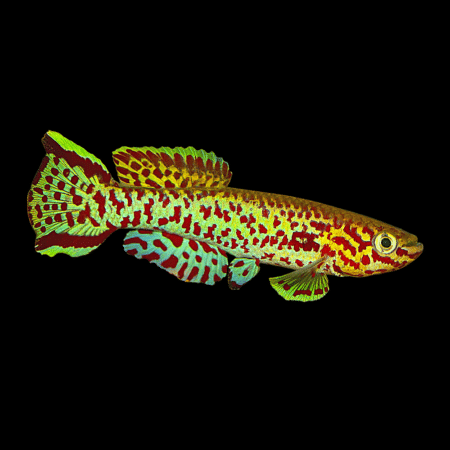
-
×

-
×

Subtotal: £424.89

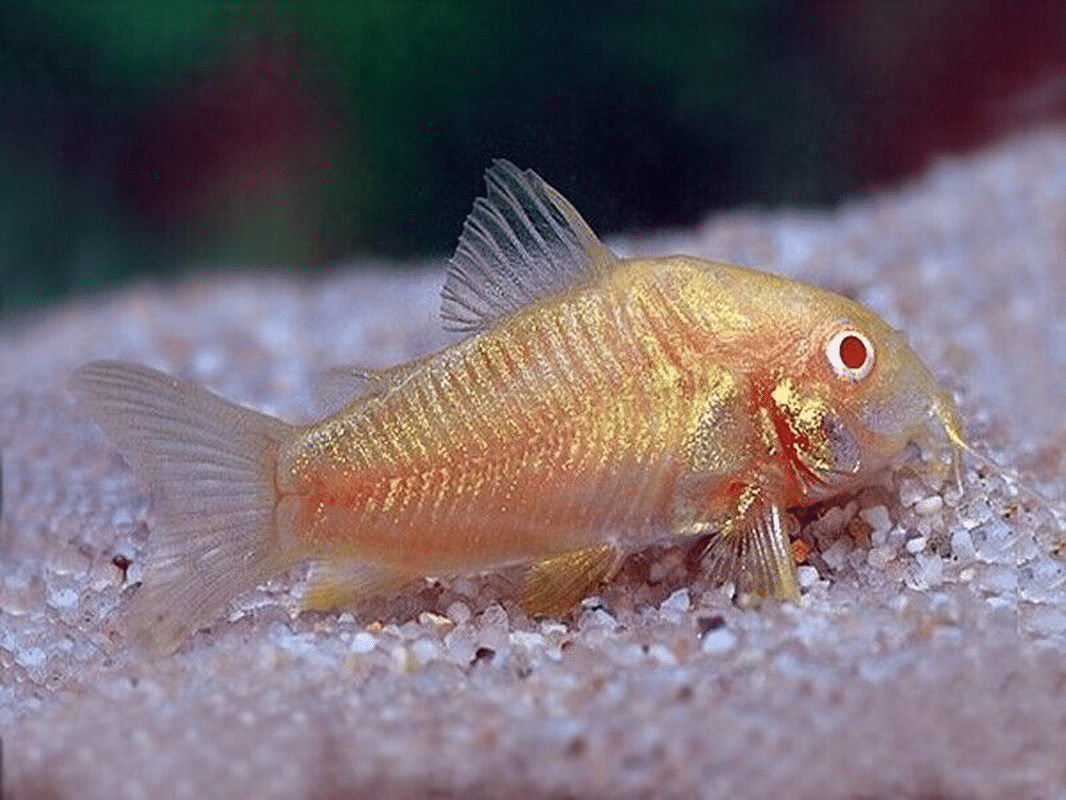
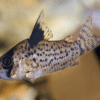







Emily Hart (verified owner) –
I recently added the Neon Albino Cory to my aquarium, and I couldn’t be more thrilled! These little catfish are not only stunning with their vibrant colors, but they also bring such a lively energy to the tank. After about two months of having them, I’ve seen how they interact with my other freshwater fish, and it’s a joy to watch. They’re peaceful and social, perfect for community tanks. I love how they scavenge around the substrate, keeping things clean, and their playful nature really shines through. Compared to other corydoras varieties I’ve kept, these neon albinos are a real standout—not just for their beauty but for their hardy nature. They settled in quickly without any signs of stress, which speaks volumes about their health upon arrival. My only small concern is that they tend to be a bit shy initially, so providing plenty of hiding spots is key. Overall, I highly recommend these little gems to anyone looking to enhance their aquarium. They’re perfect for both beginner and experienced aquarists alike!
Emily Carter (verified owner) –
I recently added a group of Neon Albino Corys to my community tank, and I couldn’t be happier! These little guys have transformed my aquarium into a lively, colorful paradise. After just two weeks, I’ve observed their playful interactions and how they scuttle around the substrate, making my tank feel so much more dynamic. Their stunning appearance, with bright white bodies and hints of pink, truly stands out against the green plants.
As a caring fish parent, I appreciate how easy they are to care for. They’re perfect for new aquarists like myself, thriving in a variety of water conditions. I initially compared them to other species of Corydoras catfish, but these beauties definitely caught my eye with their unique coloration and friendly demeanor.
One minor concern is that they can be a bit shy at first, so I recommend allowing them some time to acclimate and hiding spots in the tank to help them feel secure. Overall, these tropical fish are a fantastic choice for community tanks, and I highly recommend them for anyone looking to add personality and movement to their aquarium. Would definitely buy again!